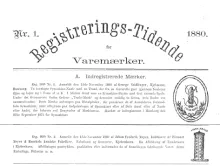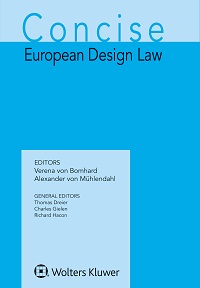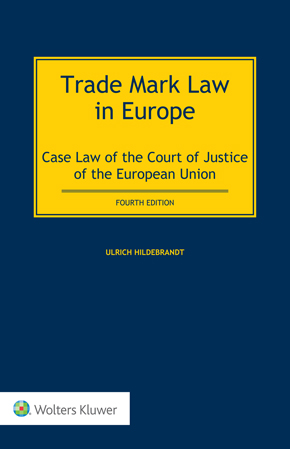COMBIT AND COMBI dissimilar because of different meanings? Yes says the German Federal Patent Court
August 2, 2017
Where the marks differ in only a single additional letter at the end of one of the marks, can the resulting similarity be “neutralized” by the conceptual differences? The German Federal Patent Court decided on 19 June 2017 that the opposing mark “Combit” and the attacked mark 
In an earlier decision, the same senate at the Federal Patent Court has confirmed likelihood of confusion between the two trademarks EAGLE and 
Knowing these earlier decisions, one actually wonders why a likelihood of confusion between the signs “Combit” and 
- The signs differed substantially when comparing them visually. It did not help the opponent that its opposing mark was a word mark which could be used in any possible graphic representation: the Court still held that the coloring of the attacking mark and the way the letter “O” was embraced by the letter “C” made them visually dissimilar.
- The signs were also conceptually dissimilar, as the term “Combi” had a clear meaning for the German public (namely, an abbreviation for “combination”), which was not shared by the earlier mark “Combit”.
- The signs were also aurally sufficiently dissimilar. Although more emphasis is generally given to the beginning of the signs, the letter “t” at the end of the opposing mark would not be overheard.
In its auxiliary considerations, the Court held that even if the signs were aurally similar as argued by the opponent (and as had been found to be the case for “Eagle” and “Eaglet”), this similarity was neutralized by the clearly different meaning of “Combi”.
Certainly every case has to be decided on its own merits. But the level of aural similarity of “Combi” and “Combit” seems equally as high as that of “Eagle” and “Eaglet” (setting aside that the court had also accepted a certain level of conceptual similarity between “eagle” and “eaglet” which was, however, not taken into account in its auxiliary considerations).
Both cases show therefore that it is sometimes very hard to predict which level of overall (visual or aural) similarity is required to rule out a “neutralization” based on conceptual differences.
Most likely there will not be another word by the Federal Supreme Court on this opposition, as the Federal Patent Court did not allow the further appeal to the Federal Supreme Court, and while a complaint can be lodged with the Federal Supreme Court to obtain leave to appeal, chances of that being granted are rather limited.
You may also like












